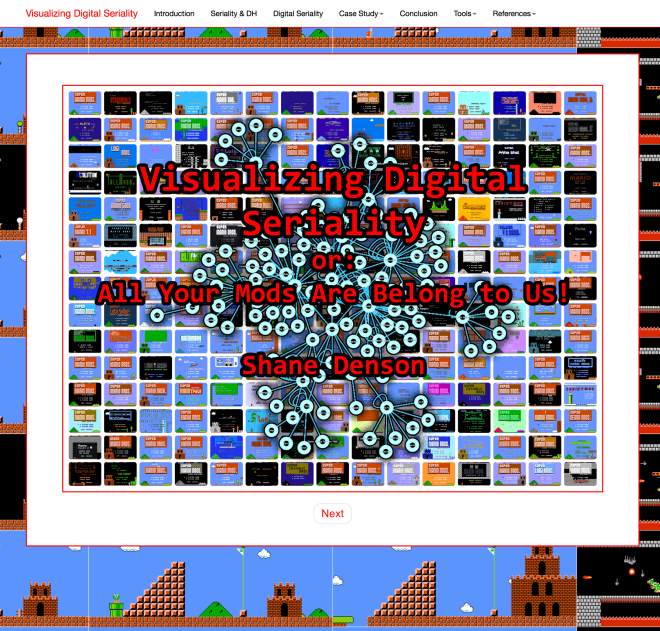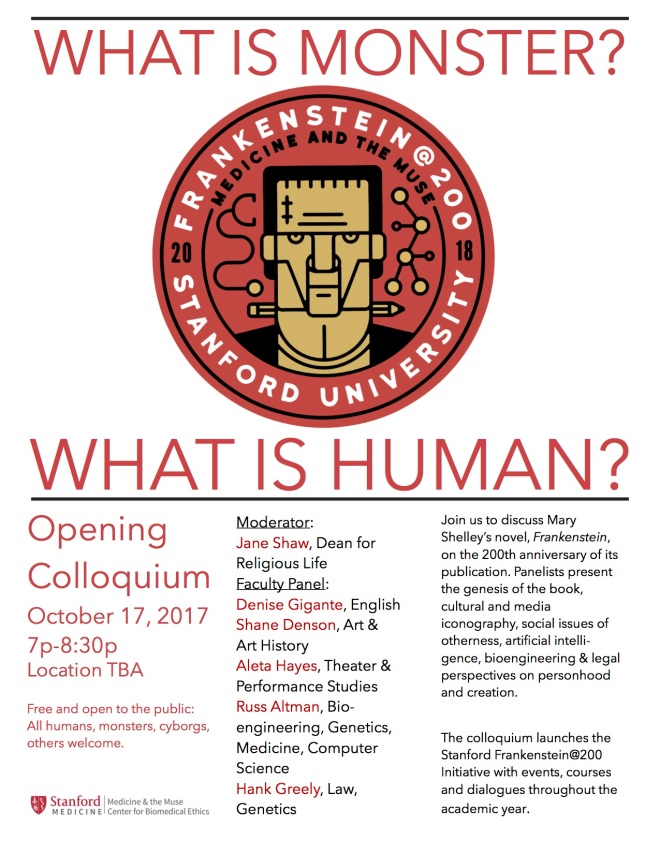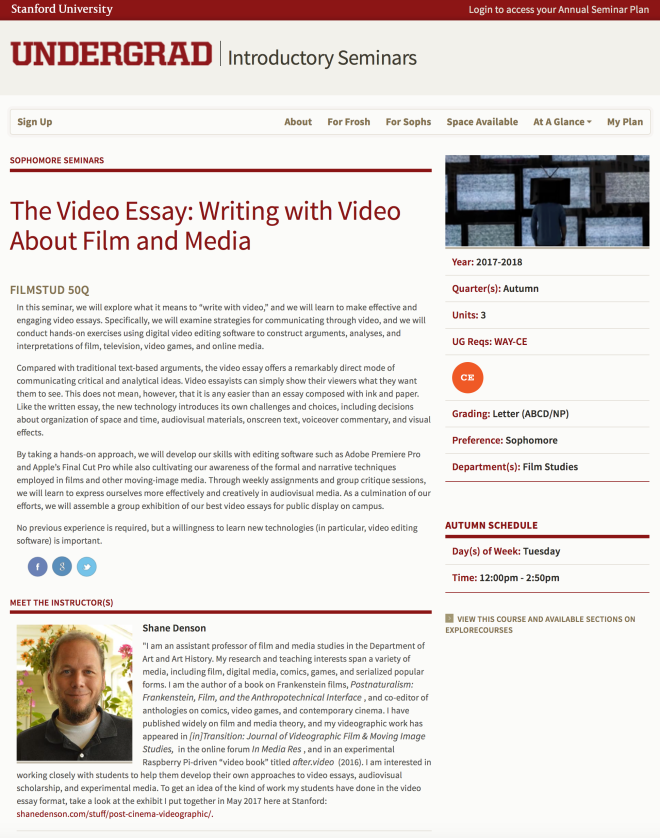
I am excited to see my interactive piece, “Visualizing Digital Seriality, or: All Your Mods Are Belong to Us,” out now in the latest issue of Kairos: A Journal of Rhetoric, Technology, and Pedagogy. This is by far the most technically demanding piece of scholarship I have ever produced, and it underwent what is possibly the most rigorous peer-review process to which any of my published articles has ever been subject. If you’re interested in data visualization, distant reading techniques, network graphing, critical code studies, game studies, modding scenes, or Super Mario Bros. (and who doesn’t like Super Mario Bros.?), check it out!

